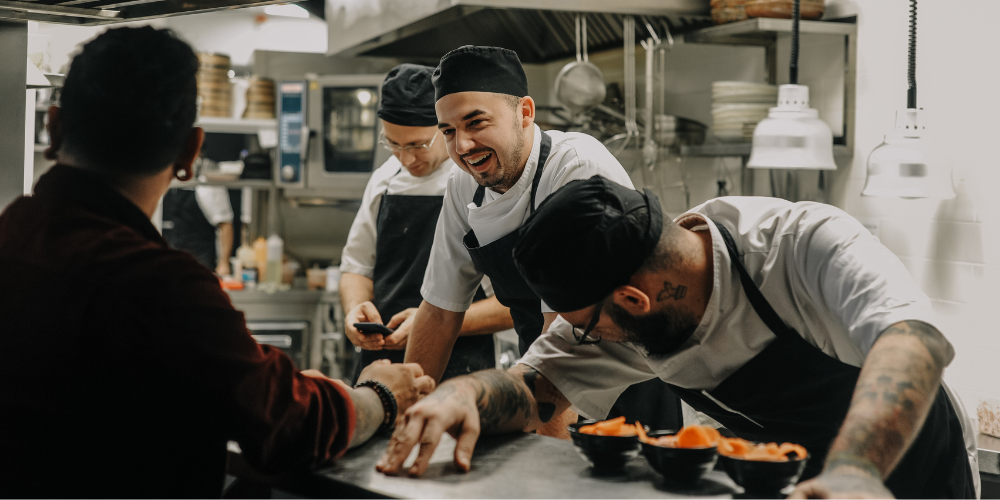Have you ever been to a high-end restaurant and marveled at the artistic presentation of the food on your plate? A beautifully presented meal is an integral part of the dining experience, transforming ordinary ingredients into a feast for the eyes. Welcome to the world of food plating, where culinary arts meet visual creativity.
The Importance of Food Presentation
First impressions matter, and when it comes to food, we often eat with our eyes first. A carefully plated dish whets the appetite, enticing us with its visual appeal before we’ve even taken the first bite. It’s a sensory experience that goes beyond taste, engaging our sense of sight and enhancing our overall enjoyment of the meal.

The Elements of Plating
Food plating is a complex art that involves several key elements:
- Color: A well-plated dish should be vibrant and visually appealing. Using ingredients with different colors can create contrast and make the dish pop.
- Shape: The shape and size of the ingredients can affect the overall visual balance of the dish. Chefs often cut ingredients in innovative ways to create visual interest.
- Texture: Combining ingredients with different textures can add depth and complexity to a dish, making it more visually intriguing.
- Garnish: Garnishes are often used to add a final touch to a dish, enhancing its visual appeal and sometimes adding extra flavor or texture.

Techniques of Food Plating
There are several techniques that chefs use to create visually stunning dishes. Here are a few:
- The Clock Method: This method involves arranging the components of a dish as if they were on the face of a clock. For example, the protein might be placed at 6 o’clock, the carbohydrate at 9 o’clock, and the vegetables at 12 o’clock.
- The Golden Ratio: This technique is based on the principle of the Golden Ratio, a mathematical ratio that is commonly found in nature and is considered to be aesthetically pleasing. In food plating, this might involve arranging the components of a dish in a way that creates a sense of balance and harmony.
- Negative Space: This technique involves intentionally leaving parts of the plate empty to create a more dramatic presentation.
The Role of Tableware
The choice of tableware can also greatly influence the overall presentation of a dish. The size, shape, and color of the plate can complement or contrast with the food, enhancing its visual appeal. Similarly, the use of unique utensils or serving dishes can add an extra element of interest.

Conclusion
Food plating is a form of edible art that requires both culinary skills and a keen eye for aesthetics. It’s a testament to the adage that “we eat with our eyes first”. So, the next time you’re preparing a meal, why not take a moment to consider the presentation? You might find that a little extra care in plating can turn an ordinary meal into a memorable dining experience.



